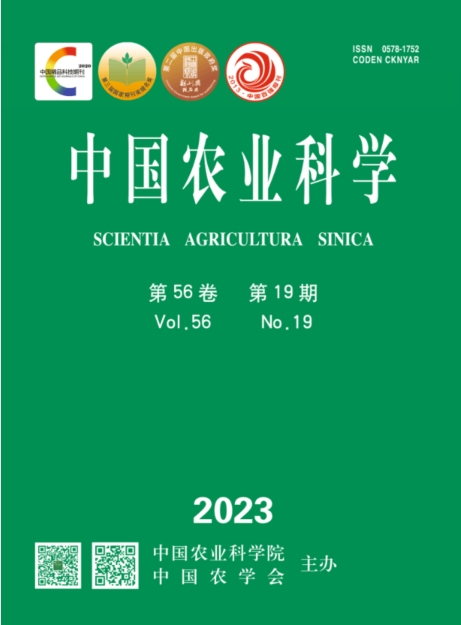【Objective】 The aim of this study was to investigate the mechanism of the comprehensive soil health of double-cropping rice fields in response to continuous organic fertilizer and quick lime amendments, and to verify the current major soil health assessment methods in terms of the adaptability, sensitivity, and their sensitivity indicators in paddy soils. 【Method】 Here the double-cropping rice fields in the middle and lower reaches of the Yangtze River watershed were selected. Based on the principles of experimental design, the control and treatment fields were set up. It aimed at illuminating the changes in topsoil physical, chemical, and biological indicators (24 indicators) after 6-year biannual continuous organic and quick lime amendments, and assessing the holistic soil health index using the Cornell Soil Health Assessment (CASH), the Haney Soil Health Test (HSHT), and the principal component analysis combined with minimal data set construction (MDS) methods. 【Result】 Compared with the control treatment (CK), 6-year continuous organic amendment treatment reduced the soil bulk density, penetration resistance, and microaggregates (<0.25 mm) significantly by 14%, 25%, and 32%, respectively; however, which rose the soil aggregate (0.5-1 mm), ammonium N, activated C, water extractable organic C and N, respiration rate, and autoclaved-citrate extractable protein significantly by 100%, 37%, 54%, 21%, 44%, 59%, and 8%, respectively; in addition, the minimum data set (MDS), comprehensive assessment of soil health (CASH), 2015, 2018, and Ward Laboratory (SHS) versions of Haney soil health test (HSHT) indexes were significantly enhanced by 75%, 20%, 42%, 95%, and 55% under 6-year continuous organic amendment treatment than that under CK, respectively (P<0.05). After the 6-year continuous liming, the soil penetration resistance, microaggregates, water extractable organic N, and pH were significantly increased by 44%, 22%, 61%, and 0.57 units than that under CK, respectively; whereas 0.5-1 mm soil aggregates, available Zn, and respiration decreased significantly by 39%, 14%, and 52% under 6-year continuous organic amendment treatment than that under CK, respectively; meanwhile, the MDS, CASH and SHS HSHT indexes were significantly decreased by 59%, 15% and 47%, respectively. 【Conclusion】 The 6-year continuous biannual organic and liming amendments separately exerted positive and negative effect on the paddy soil health, and the soil respiration rate sensitively indicated the paddy soil health. However, the soil health index cannot reflect the change in soil Cd accumulation and its phyto-availability, and the assessment tools for paddy soil with excess Cd concentration remained to be further developed.









